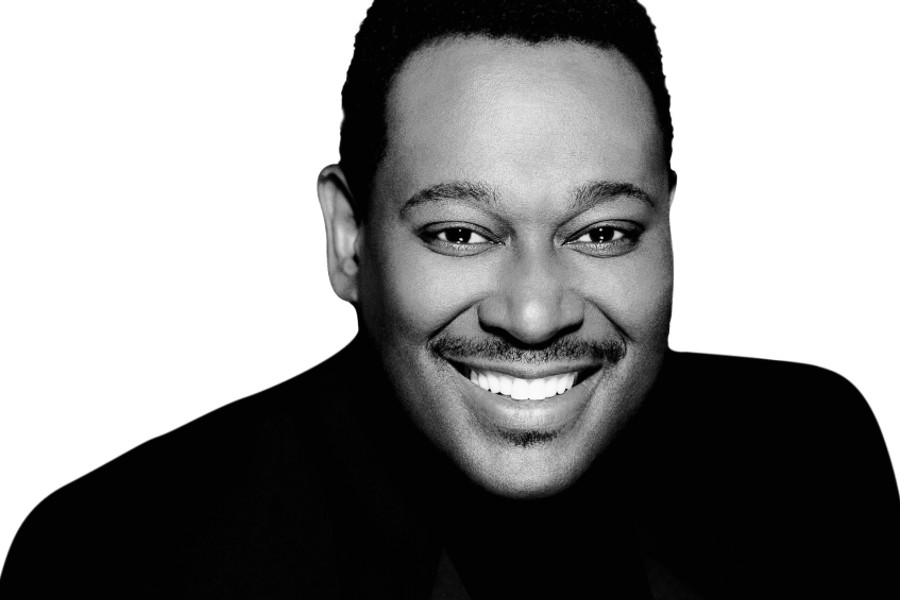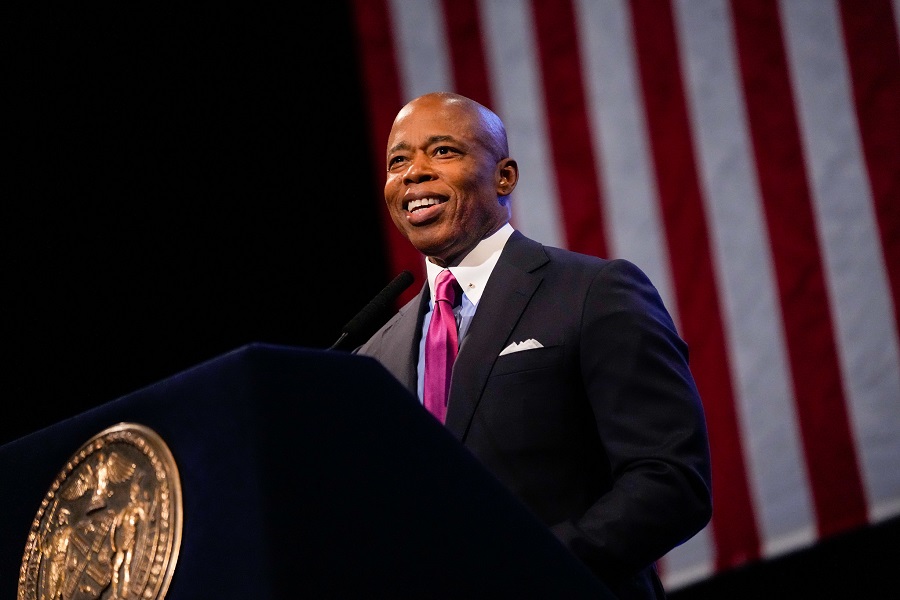By Walter Rutledge
The Alvin Ailey American Dance Theater returned to Lincoln Center’s David H. Koch Theater after a thirteen-year absence, June 12 through June 16 for a total of seven performances. The company offered seven works, many were standouts from the fall /winter 2012 season including ; Jiri Kylian’s Petite Mort, Ohad Naharin’s Minus 16, Robert Battle’s Takademe and Alvin Ailey’s masterwork Revelation. This all too brief spring engagement opened with the world première of Four Corners by Ronald K. Brown. Four Corners utilized many of Brown’s tried and true signature/trademark choreographic elements making this structurally strong and dynamic dance was more inventive than innovative.
Four Corners is Brown’s fifth work created for the Ailey Company; the abstract narrative was an ensemble work for eleven dancers (including twenty year Ailey veteran/guest artist Matthew Rushing) who are seeking a life of peace. The titleFour Corners refers to Brown’s concept of four angles standing on the four corners of the earth holding the four winds. Brown found inspiration from the lyrics of Carl Hancock Rux’s Lamentations, one of five compositions used to create a mixed compilation score, a musical trademark of Brown.
Four Corners begins with Matthew Rushing entering upstage; his slow weighted backward walks were dramatically accentuated by Al Crawford’s lighting, which created an atmospheric world of subdued lighting and sculptural shadows. Crawford’s effect on cyclorama at times seemed to capture elements of the visible winds through the cloud-like projections. Rushing solo was eventually augmented with fast fluid movement setting the tone for the work.
Brown’s fusion of West African and modern/contemporary dance styles has produced his unique and recognizable signature look. Polyrhythmic movements rippled through the dancer bodies with an exciting and sensual boneless quality, which visually complimented these extraordinary dancers. The spread fingers/palms facing down gestures, birdlike second position arms, and insolation of the upper and lower torso reminisced the style of company founder Alvin Ailey. These similarities were due to the fact both choreographers referenced an African source for movement. In the case of Brown the West African motif is the primary source and the modern/contemporary dance secondary and with Ailey the equation was reversed.
 The imagery varied from architectural group design, to powerful solo images, to multi-layered tapestry effect patterns and crossings. Multiple movement phrases were performed simultaneously; with each group moving independently of the other, thus establishing their own movement statements. Occasionally the groups would connect and burst into unison, a device reserved for the climax of a section.
The imagery varied from architectural group design, to powerful solo images, to multi-layered tapestry effect patterns and crossings. Multiple movement phrases were performed simultaneously; with each group moving independently of the other, thus establishing their own movement statements. Occasionally the groups would connect and burst into unison, a device reserved for the climax of a section.
Repetition is another device effectively used by Brown, and in Four Corners it was an important choreographic element. Individual and group movements, and complete phrases were repeated throughout. In many instances a group or soloist would introduce a movement phrase with strong visual impact that was later repeated by a different dancer or ensemble often in a different time signature. This resulted in a call and response effect, a movement dialog between the performers.
There was also a strong use of linear and diagonal movement (another trademark of Brown); but when Brown deviated from his frontal/linear presentation he was at his choreographic zenith. An example of this was when three men start a circular running pattern around a group then two men were replaced by two different male dancers who continued the circle, which spiraled toward the center of the stage. The symbolism and imagery were both diasporic and Jungian, complementing Brown’s theme of cosmic forces and the universal continuum.
The Ailey’s Company long overdue return to Lincoln Center was a resounding success. The diverse works presented exemplifies the excellent curating and programming that has always distinguished the Alvin Ailey American Dance Theater as the première modern dance repertory company. Presently the repertory features over 200 works from seventy choreographers. Artistic Director Robert Battle continues the legacy established by founder Ailey of sharing the universal joy of dance through this impressive dance collective.
In Photo: 1) Alvin Ailey American Dance Theater 2) Linda Celeste Sims 3) Belen Pereyra, Glenn Allen Sims, Linda Celeste Sims and Matthew Rushing
Photo Credit: 1&2) Paul Kolnik 3) Christopher Duggan
Become a Harlem Insider!
By submitting this form, you are consenting to receive marketing emails from: . You can revoke your consent to receive emails at any time by using the SafeUnsubscribe® link, found at the bottom of every email. Emails are serviced by Constant Contact




















